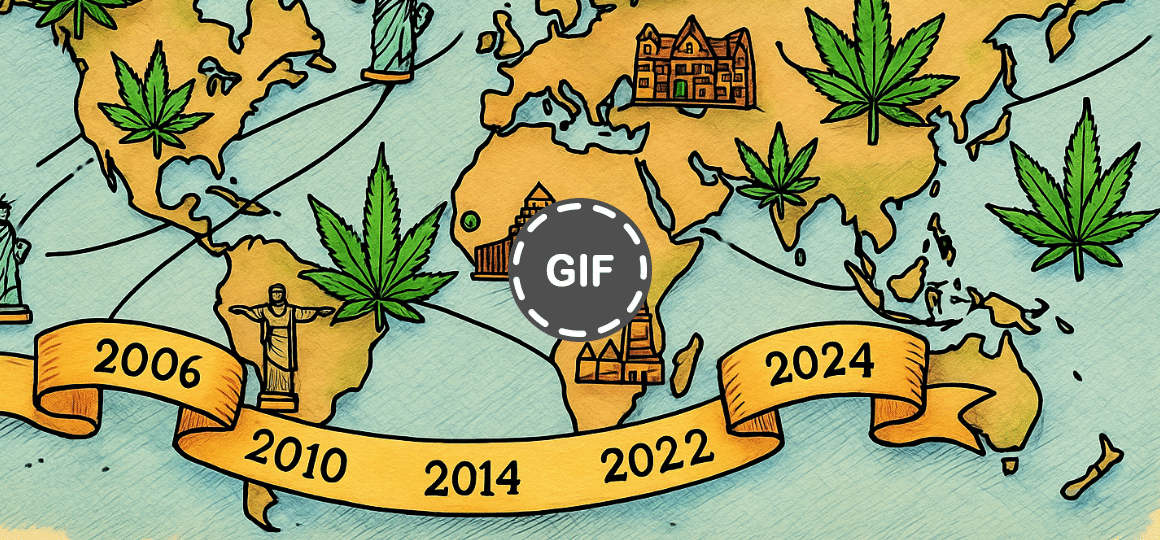Dan and I have been married for over 20 years, and we have always maintained a very simple domestic arrangement. He does all the cooking: the three usual meals, plus a 9 pm bonus one, and I do the dishes. This has always been assumed and has always worked for us.
That is, until one day when I went to clean up and the kitchen was spotless. All the dishes, including the ones from the 9 pm fourth meal of the day, were washed and dried. The pots and pans sparkled. The countertops were wiped with purpose.
And what, you may ask, prompted him to change out his routine? Blue Dream.
Compulsive cleaning, like Dan’s need to do the dishes, is a known anecdotal effect of cannabis use, especially with sativa-dominant strains like Blue Dream. The effect is usually temporary and passes as the high wears off, which, for inhaling, typically lasts 2 to 3 hours.
However, I needed some scientific background on how this works, so I emailed my friend Dani Fontaine, an Endocannabinoidologist and NeuroTherapist and asked her this simple question: Why does my husband do the dishes, like he has OCD, after Blue Dream?
“It’s the combination of the terpenes and the terpene ratios, which include Myrcene, Pinene, and BCP (b-caryophyllene),” she said. Okay, it seems simple. She continued: “The terpene combination of a true Blue Dream strain enhances dopamine transmission in the mesolimbic reward pathway. THC activates the CB1 receptors in the prefrontal cortex and basal ganglia, which is the space that modulates dopamine release from the VTA (ventral tegmental area).”
However, she says, you need to take into account someone’s DNA. “I would say that the above is what the majority of human bodies feel,” she continues, “but if your DNA is composed with certain markers, it can give someone a different experience due to how the terpenes and cannabinoids are digesting in the system.”
Here’s where it gets interesting. Normally, Anandamide can balance out and fine-tune the start and stop actions of repetitive and habitual behaviors, but when someone consumes THC, it shuts off Anandamide production as THC is a stronger signal that can override the natural “off switch.” Some people can’t digest THC, though. (We need the enzyme in order to break it down properly and lots of use over time makes it harder to naturally produce the breakdown.) This would put someone into a loop cycle a bit heavier due to not being able to digest the compound.
As the THC starts to metabolize, CB1 receptors downregulate. This is when the “burnt” feeling starts creeping in due to our neurochemicals that push us into a space of contentment or a parasympathetic state (freeze/fawn/rest/digest). She finishes: Cannabis in general lowers amygdala reactivity and can dissolve anxiety boundaries, which also puts people in a state of calm production.
Now I can see how excessive cleanliness can be a passion, and only considered a disorder (OCD) when it becomes distressing, time-consuming, or significantly disruptive to daily life. For now, I simply love our new working relationship.
Cover image made with AI





